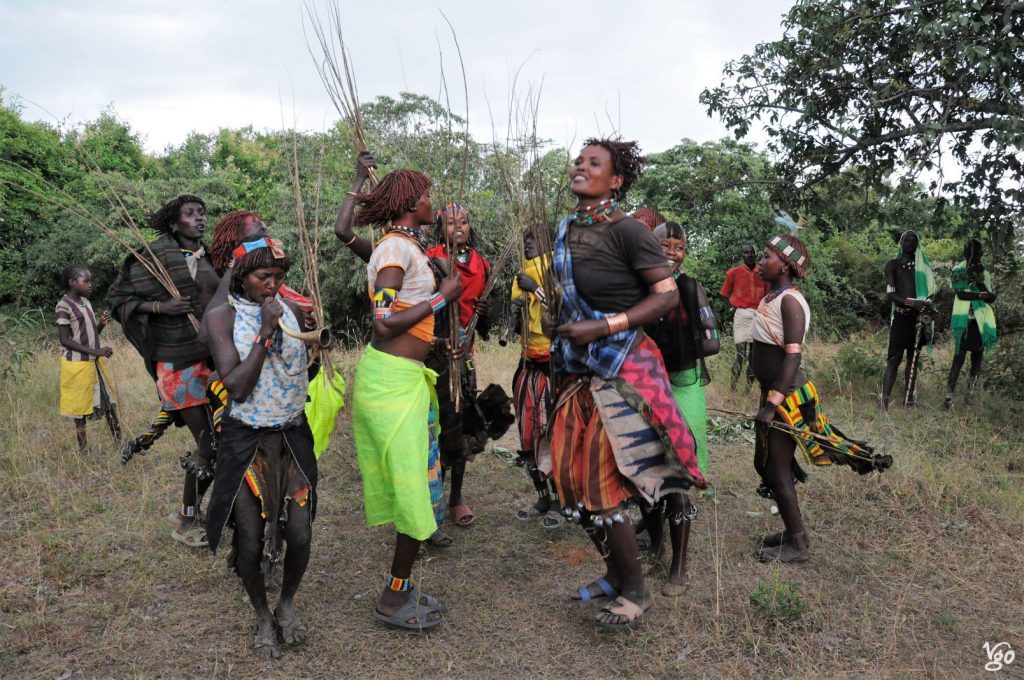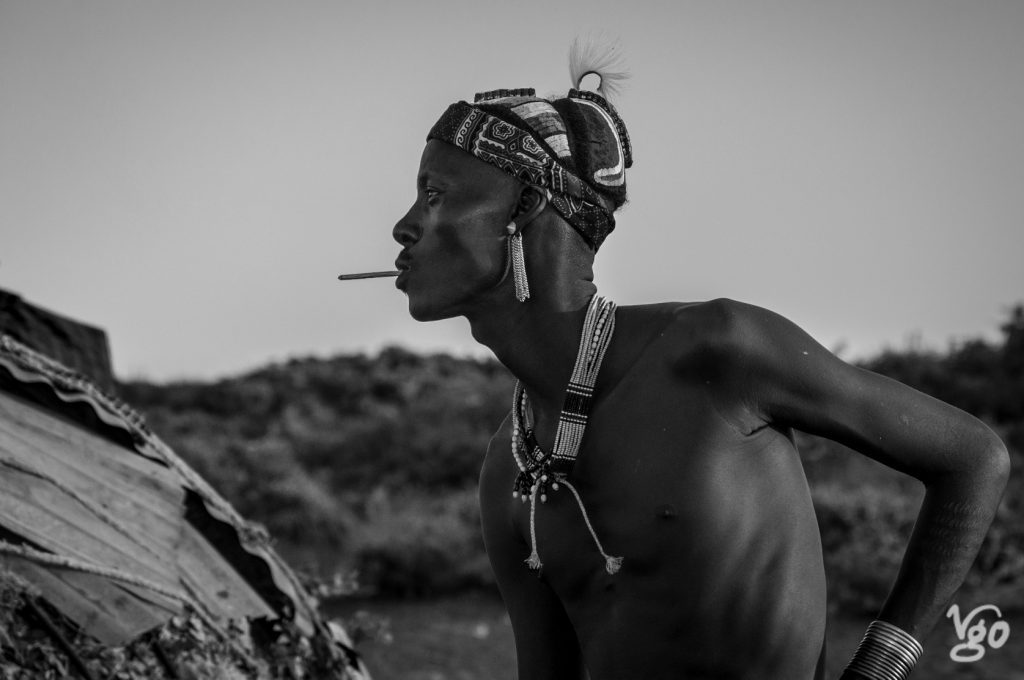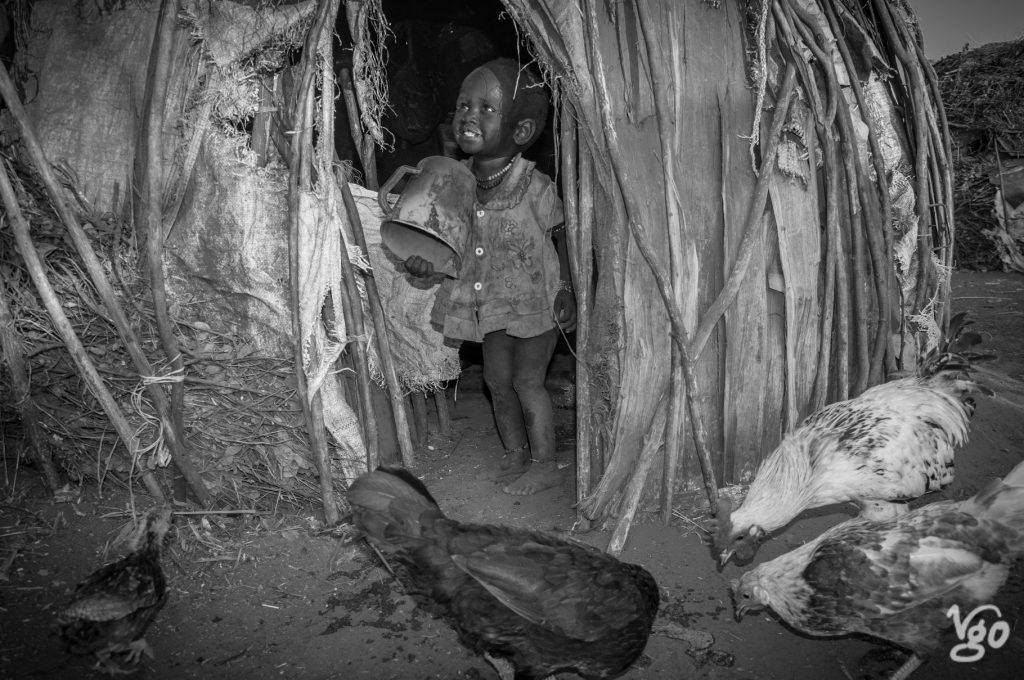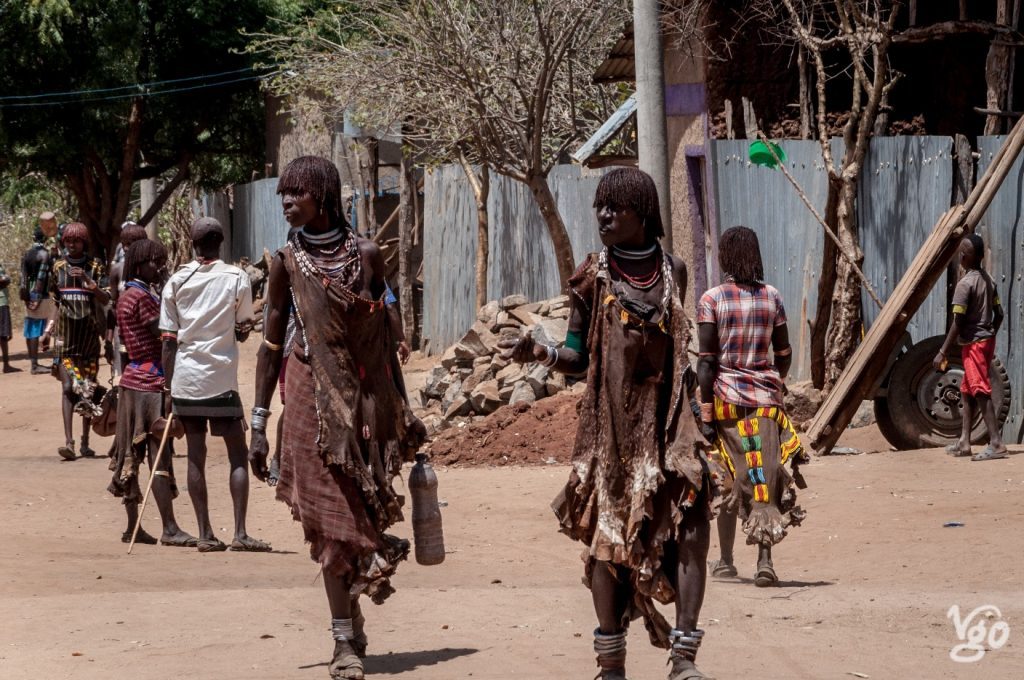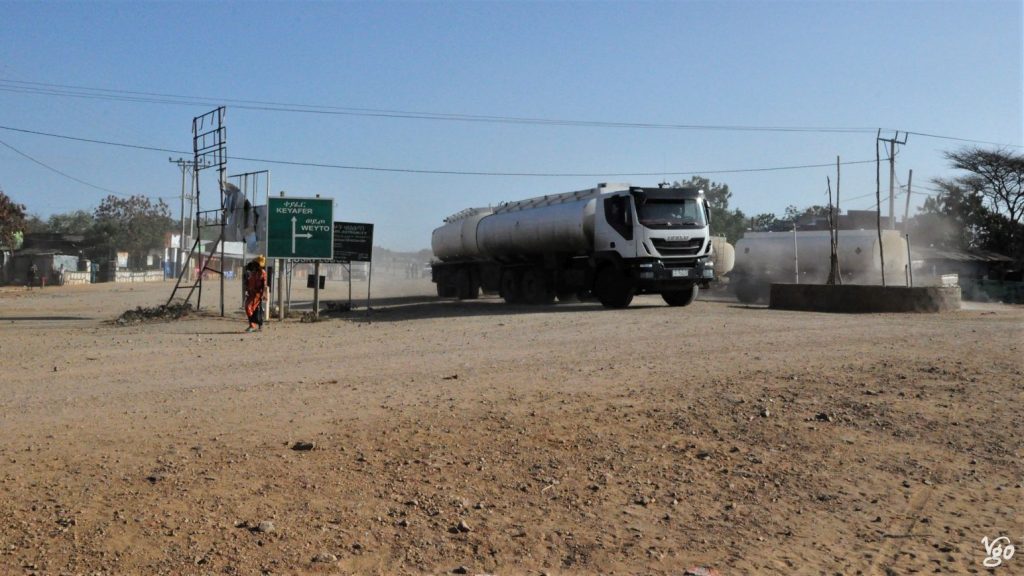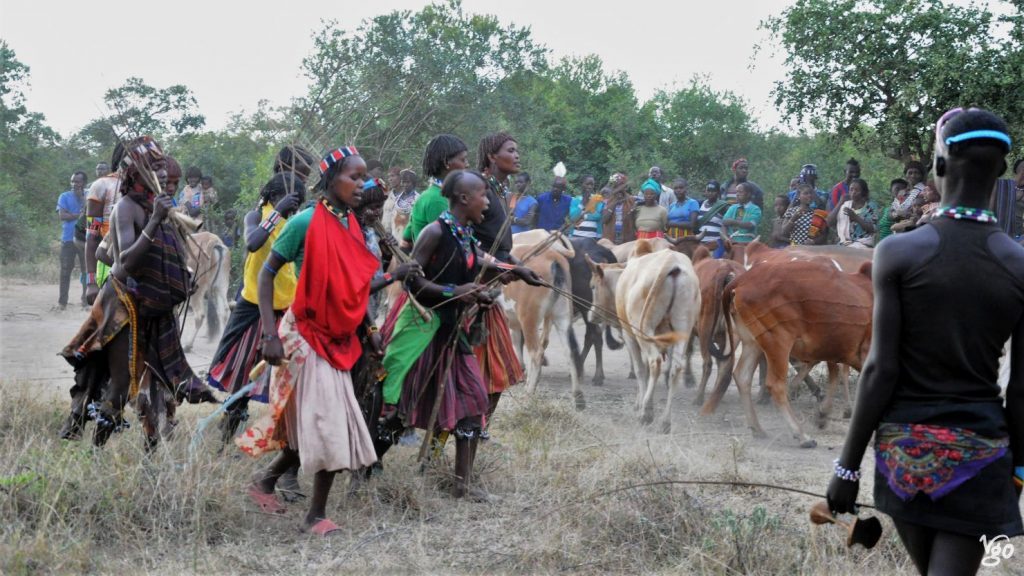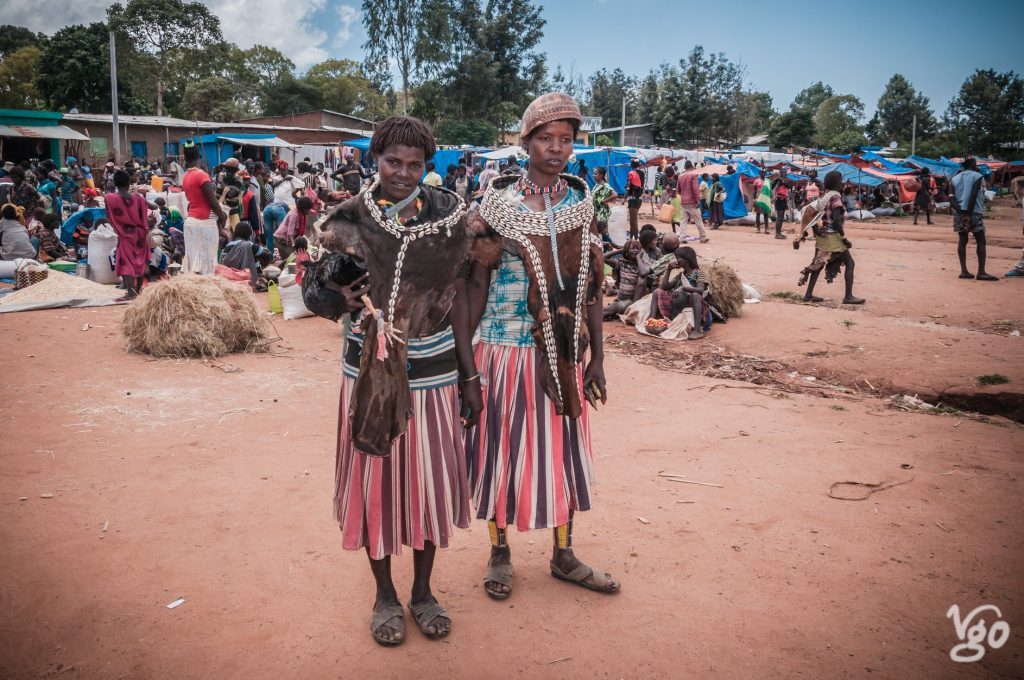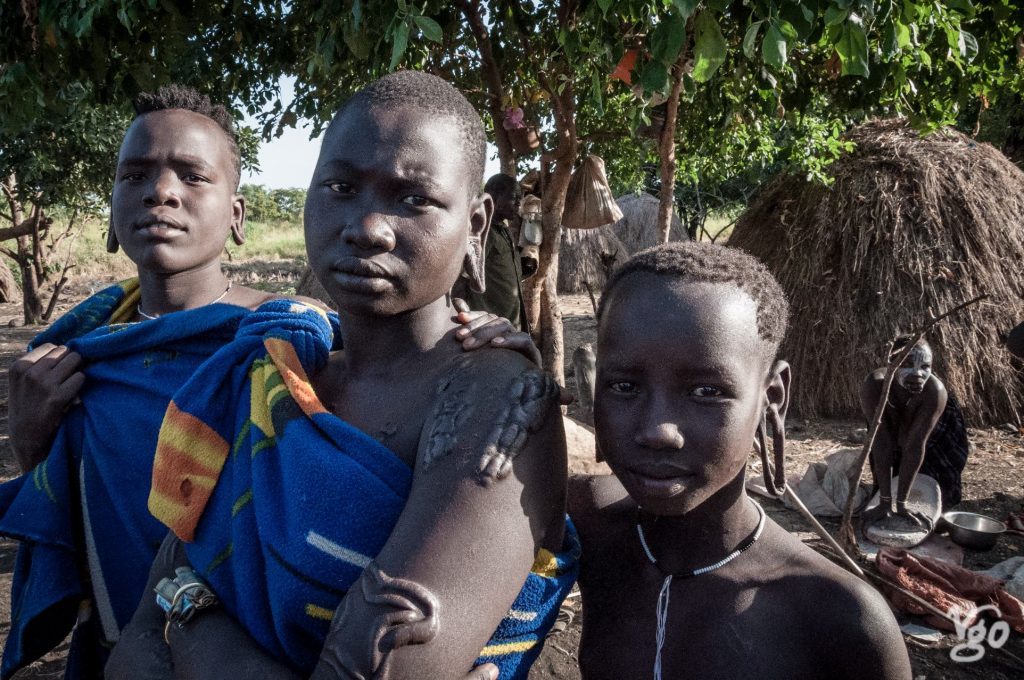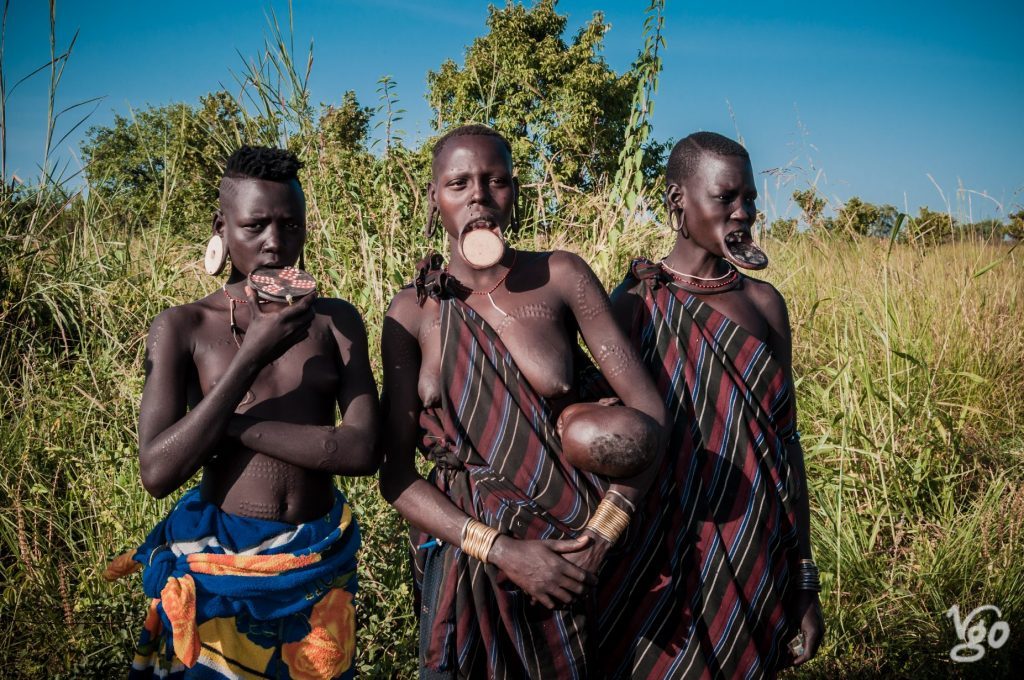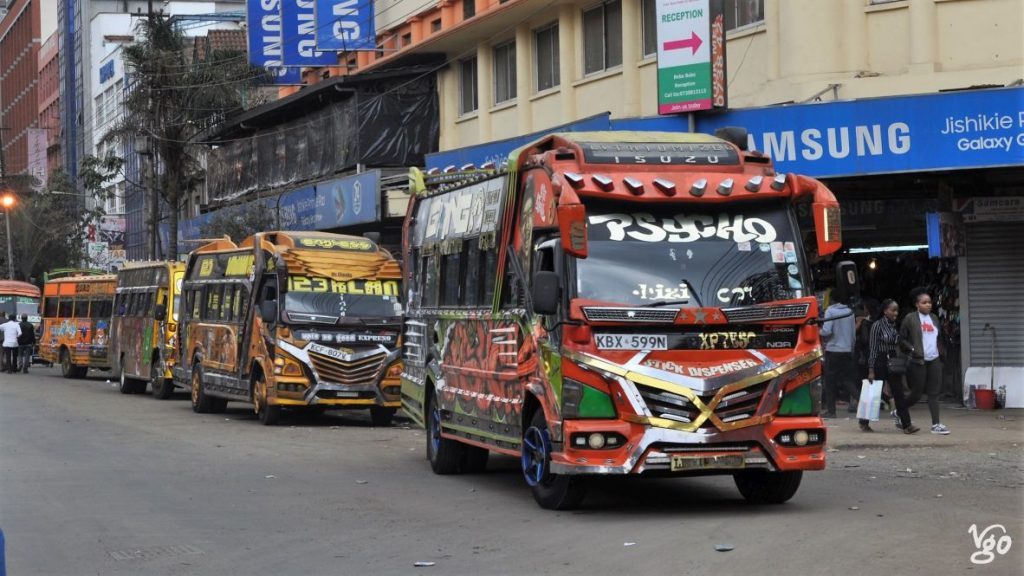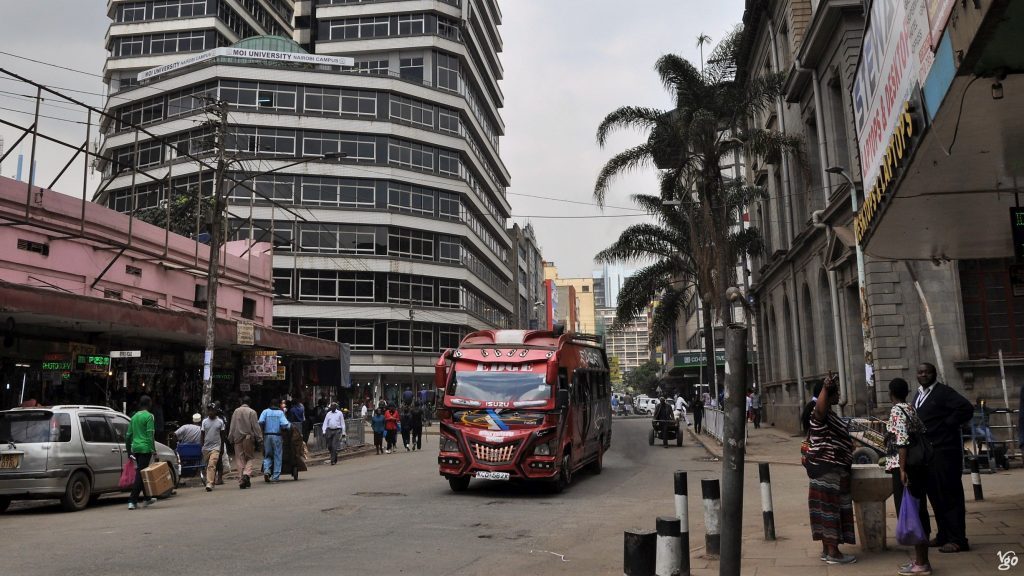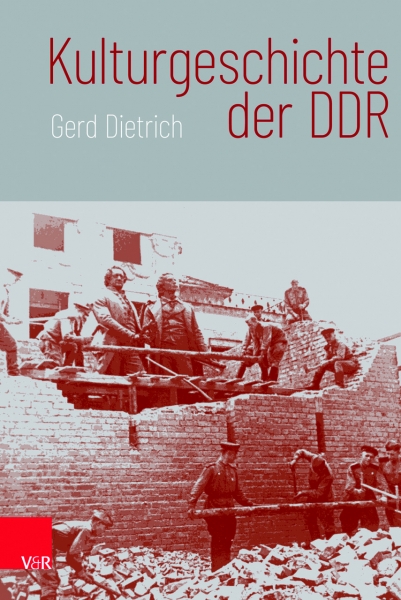
30 years since the Fall of the Berlin Wall: Three weeks ago I was looking for a present for dad, and as a late thought I considered Gert Dietrich’s Cultural History of East Germany (Kulturgeschichte der DDR) a good idea, albeit an expensive one, perhaps a joint present for us all. So I went to Göttingen’s best academic bookshop, which happens to be located down the road from the publishing house where the book was made. I couldn’t find it on their shelves and asked for it. Their response: it’s “too exotic” for them to have it on stock. East German matters are “too exotic” some 60km from the old border, I get it. You wonder why I feel at home in Africa, kkkkkkkk! Have a happy anniversary next year, you re-united Germany!

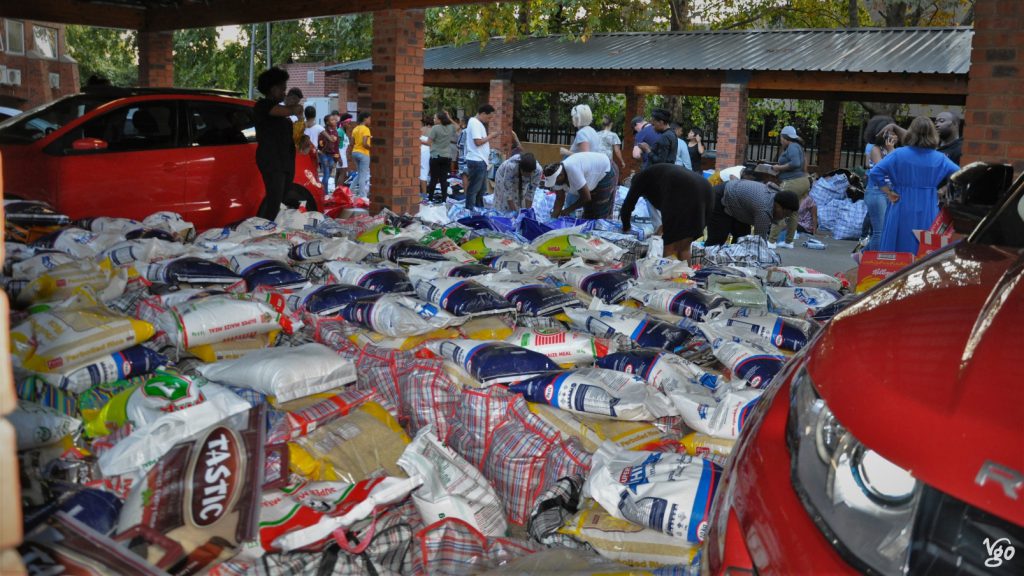


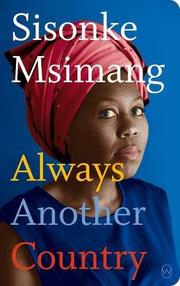
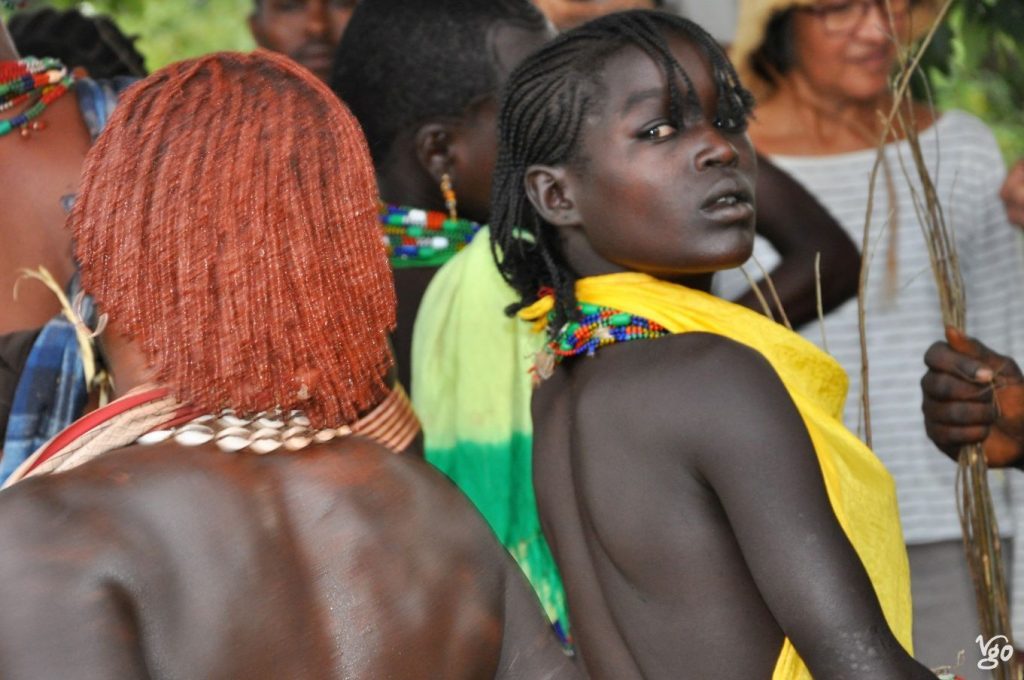 What happens? A few young boys take up some rods, smoothen them (I guess so they don’t break), and then whip across the arms or the back of women, preferably in such a way that the skin breaks, leaving a bloody streak that will turn into a scar. It’s referred to as “culture” (here
What happens? A few young boys take up some rods, smoothen them (I guess so they don’t break), and then whip across the arms or the back of women, preferably in such a way that the skin breaks, leaving a bloody streak that will turn into a scar. It’s referred to as “culture” (here 